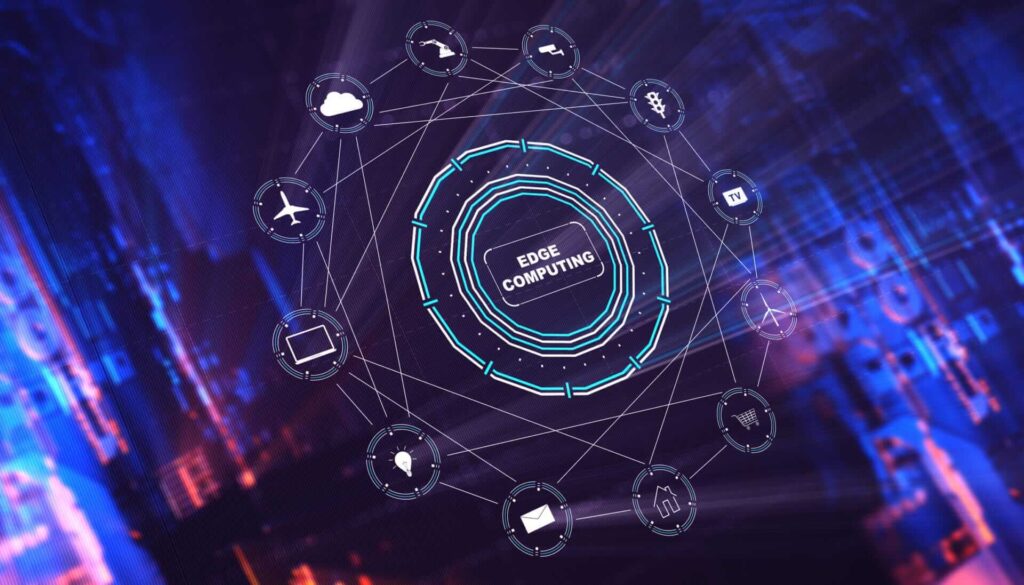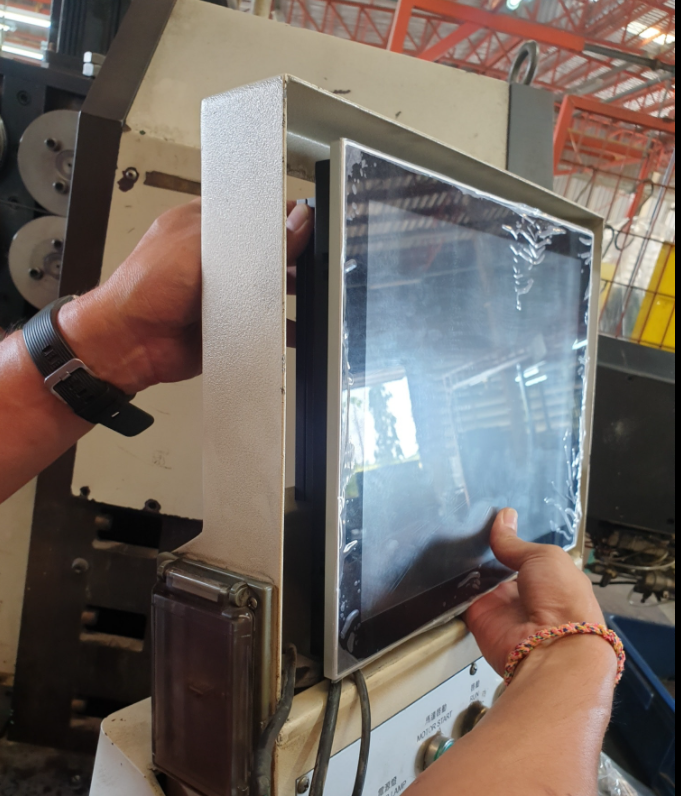Edge Programmable Industrial Controller (EPIC) is becoming more and more popular
Nowadays, as an important supplement to cloud computing, edge computing plays an increasingly important role in building interconnected factories. Edge computing realizes the analysis, processing and storage of data at the edge of the network, which not only reduces the dependence on the cloud, but also improves the security of data.
However, edge computing places high requirements on the local processing capabilities of data, and traditional PLC controllers are no longer competent for such tasks. In recent years, in the factory application, Edge Programmable Industrial Controllers (EPIC) have greatly replaced traditional PCs, servers, and outdated hardware.
Edge computing are designed to improve the efficiency of industrial automation systems, and to reduce complexity and cost of ownership, and can handle more automation functions, including functions that traditionally require PCs or other special equipment to implement. The edge computing can integrate PLC controllers, PCs, gateways, motion control, I/O data acquisition, fieldbus protocols, machine vision, equipment networking and other functions into one system to realize intelligent production line control etc.
The software architecture of the edge computing basically adopts the two-layer architecture of the cloud and the edge. On the innovative software platform configured at the edge (where the data is generated), an ecosystem of programs and tools is created by integrating user management, network, security, and hardware interfaces, so that users can use to provide processes with richer functions than before.
Advantages enable automation and promote the integration of IT and OT
The edge computing device utilizes the latest IT communication and advanced technologies of the Internet of Things, while retaining the advantages of PLC/PAC in OT. The communication of the edge computing has two different levels: one is the I/O collecting industrial equipment and process data, as well as the communication with other industrial control equipment. It belongs to the category of OT; the other communication is between the edge device and the OT data center and cloud server. It belongs to the category of IT, that is, it belongs to the category of Industrial Internet. As a physical interface between IT and OT, on the basis of completing the control function of the workstation or production line, the interface ability and computing capability of industrial equipment are improved, and the applicability of industrial equipment is improved. Therefore, it can promote the integration of IT and OT to a certain level. Therefore, the combination of multiple technologies of the edge computing can meet the requirement of a variety of applications, so it is very suitable for industrial applications.
Unlike traditional PLCs, edge computing can provide complete connectivity solutions, including as an OPC or Message Queuing Telemetry Transmission (MQTT) server. Because edge computing is built for industrial environments. Unlike PC solutions, edge computing requires no IT intervention. This shifts the burden from IT to other areas, and allows operations and engineering departments to fully automate control. Due to the simplified hardware and software licensing, its cost is generally lower.
In terms of data processing, edge computing can store data, pre-process data, respond to local requests and forward standardized data to central storage. This reduces the need for the central network and servers. Compared with flat file storage, it also improves process-level flexibility and responsiveness. Store-and-forward technology can also establish fault tolerance in the event of network stability problems.
In addition, in terms of network security, the edge computing solves modern security issues by simplifying the control system and using two tools of design and operation. Edge computing are embedded with higher security standards, require user authentication and support multiple access levels. However, because they are network-oriented, they include standard network protections, such as internal firewalls to prevent ethernet interfaces and SSL/TLS encryption to isolate trusted and untrusted traffic, and Certification.
At present, the application of edge programmable industrial controllers is becoming more and more common, and new varieties have appeared in the industrial automation market, which has attracted widespread attention. With the current continuous development of intelligence, edge computing that incorporate edge technology solutions have just adapted to this trend, which is also a trend in the future development of PLC.











.jpg)

